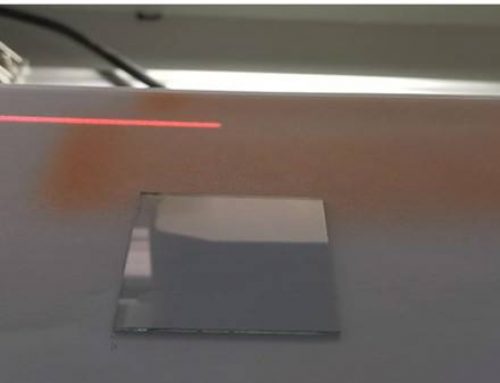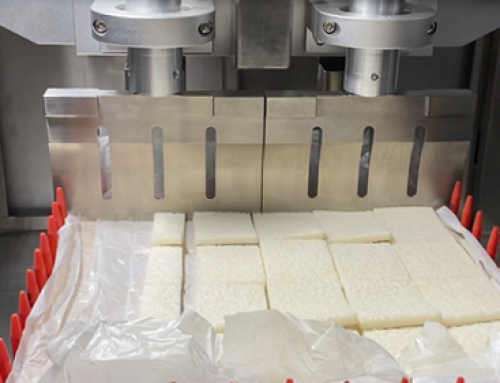Proton Exchange Membrane Fuel Cell
Research on Bipolar Plate of Proton Exchange Membrane Fuel Cell
With the world’s increasing energy demand and environmental pollution concerns, fuel cells have attracted widespread attention. They are a power generation system that directly and continuously convert chemical energy into electrical energy. It is the fourth type of power generation after hydropower, thermal power and nuclear power. Device. Theoretically, the fuel cell electric heating conversion efficiency can reach 85%~90%. According to different electrolytes, fuel cells can be divided into alkaline fuel cells (AFC), phosphoric acid fuel cells (PAFC), molten carbonate fuel cells (MCFC), solid oxide fuel cells (SOFC) and proton exchange membrane fuel cells (PEMFC) Five categories. Among them, the proton exchange membrane fuel cell is a low-temperature fuel cell (as shown in Figure 1). It has the characteristics of high conversion efficiency, low operating temperature and low pollution. It has a wide range of applications. It is currently mainly used in transportation, convenient power supply devices and households. Power generation equipment and other fields.

Fuel cell is an efficient and environmentally friendly power generation system that converts chemical energy directly and continuously into electrical energy. Among them, the proton exchange membrane fuel cell has the advantages of long life, high specific power and specific energy, and fast start-up speed at room temperature. It can be used as a mobile power source and a fixed power source, and has broad applications in military, transportation, communications and other fields. Prospects are considered to be one of the ideal power sources to adapt to future energy and environmental requirements.
The bipolar plate is one of the core components of the proton exchange membrane fuel cell, which occupies a large part of the quality and cost of the battery pack, and is responsible for the functions of uniformly distributing the reaction gas, conducting current, and connecting the single cells in series. In order to meet these functional requirements, the ideal bipolar plate should have the characteristics of high thermal/electrical conductivity, corrosion resistance, low density, good mechanical properties, low cost and easy processing. However, the currently produced bipolar plates have problems such as poor corrosion resistance and conductivity, high production costs and short life span. Realizing the reasonable matching of the conductivity and corrosion resistance of the bipolar plate material, that is, achieving high corrosion resistance under the premise of ensuring reasonable conductivity, ensuring the service life of the entire system, is one of the key links in the commercialization of fuel cells .
The function of the bipolar plate is mainly reflected in separating the oxidant and fuel, conducting current, and supporting the membrane electrode to keep the stack structure stable. Therefore, the bipolar plate must have gas barrier properties, good electrical conductivity and corrosion resistance, and certain mechanical properties ( strength). The current key problem of bipolar plate materials is how to achieve a reasonable match between the conductivity and corrosion resistance of the coating material, that is, to achieve high corrosion resistance under the premise of ensuring reasonable conductivity, and to ensure the service life of the entire system. The recently developed bipolar plate materials are mainly divided into three categories: metal bipolar plates, graphite bipolar plates and composite bipolar plates. This article systematically summarizes the research progress of these three types of bipolar plate materials, including the conduction of bipolar plates. / Thermal, corrosion resistance and mechanical properties, as well as the advantages and disadvantages of various materials and application areas.
At present, the main materials widely used as the base material of the bipolar plate of the proton exchange membrane fuel cell are graphite materials, metal materials and composite materials. The bipolar plates made of these three materials have different advantages and disadvantages, but on the whole they cannot meet the performance requirements of the bipolar plates. In response to the above problems, in recent years, researchers have used doping or surface modification methods to make up for the lack of performance of bipolar plate materials. Many improved materials can already meet the performance proposed by the US Department of Energy. Claim.
Preparation of Fuel Cell Bipolar Plate Coating
Ultrasonic spraying technology can prepare carbon-based catalyst coatings with high uniformity and high density, such as depositing platinum carbon, palladium carbon, ruthenium carbon and other catalyst coatings on Nafion proton exchange membranes, which are dense and uniform without swelling. Therefore, the ultrasonic spraying technology has been widely regarded by the industry as the key preparation technology of the membrane electrode of the proton exchange membrane fuel cell. Ultrasonic spraying equipment can be sprayed on a variety of different metal alloys, including the preparation of platinum, nickel, iridium and ruthenium-based fuel cell catalyst coatings, as well as PEMs, GDLs, DMFCs (direct methanol fuel cells) and SOFCs (solid oxide fuels) Battery). The battery manufactured by this technology has the characteristics of high battery load and high battery efficiency.







